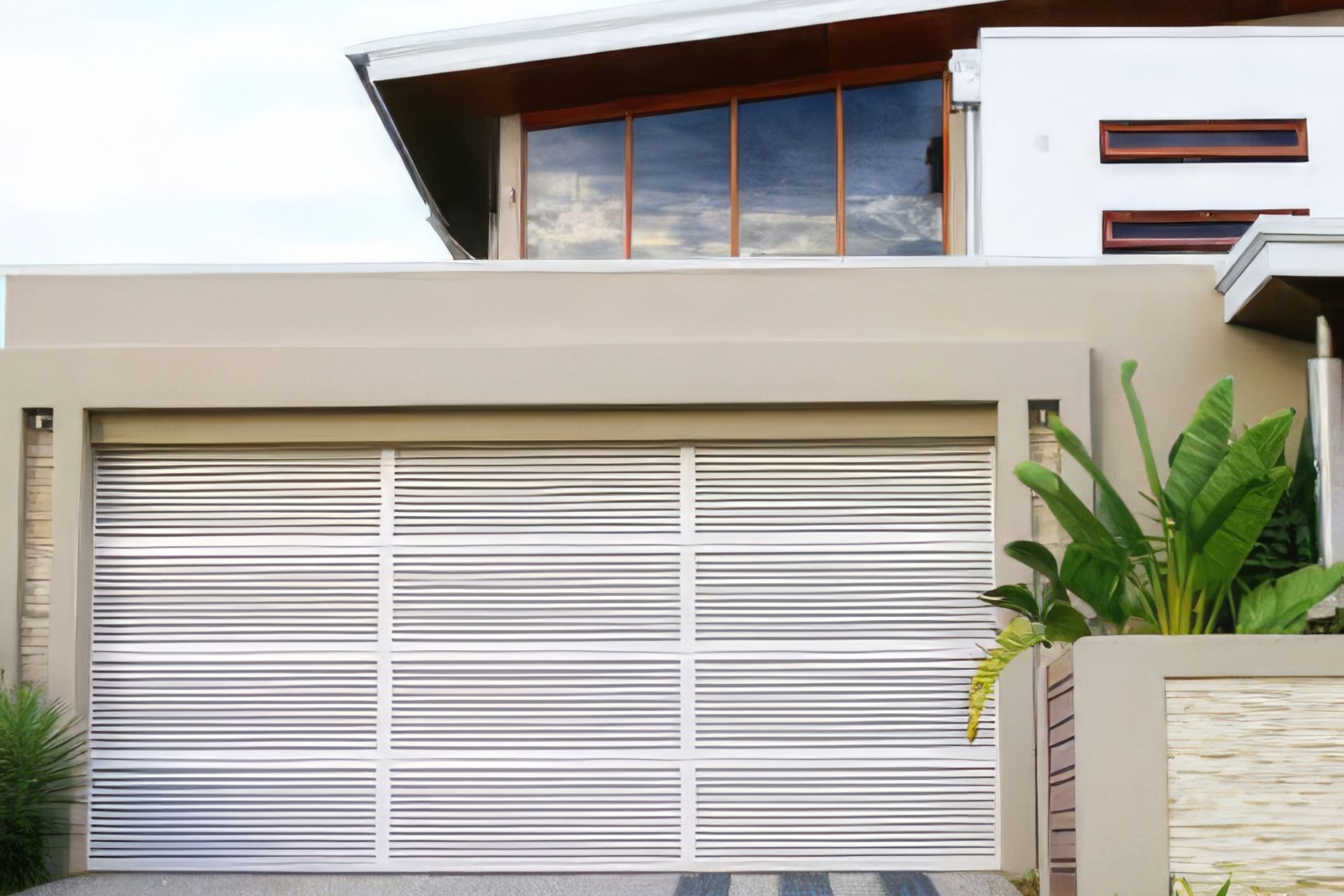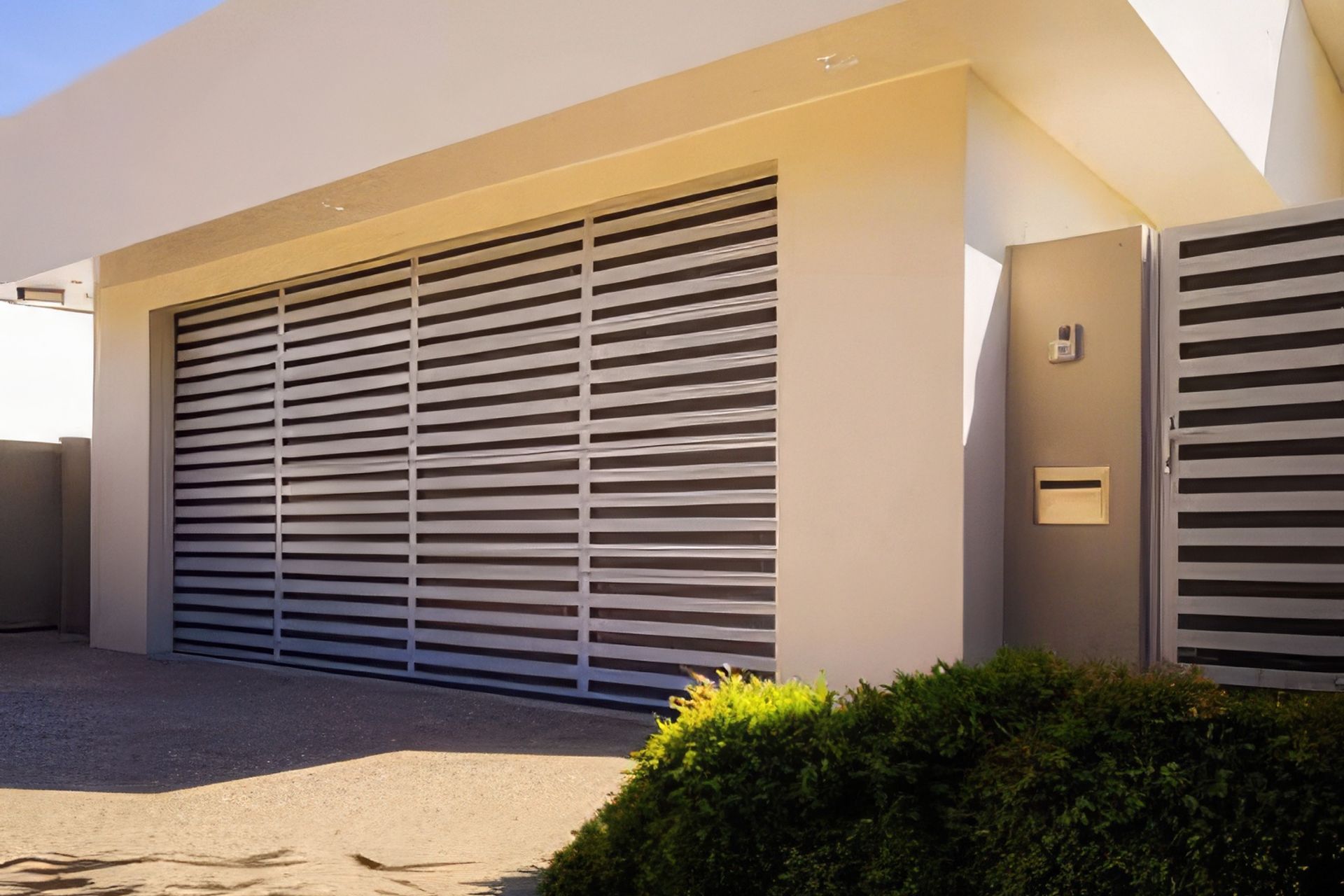Improve Garage Ventilation

4 Easy Steps to Improve Garage Ventilation and Create a Healthier Living Environment
If you open your garage on a hot summer’s day and a wave of heat knocks you over, it’s likely your garage has poor ventilation. Or, if it smells damp or musty, or your things are covered in mould and mildew, you should be concerned, as poor ventilation in your garage can have wide-ranging consequences.
This article looks at why good ventilation in your garage is essential and the top ways to keep your space safe and comfortable.
Why you need good ventilation in your garage
There are two main signs that your garage has poor ventilation. The first is a musty smell due to condensation or a build-up of moisture in the air. The second is high humidity.
Poor ventilation will cause a build-up of moisture in your garage. This can lead to structural elements rotting or mouldy insulation. It can also cause health problems in those who use the area and can even lead to ‘sick building syndrome’. These issues are a particularly common problem in parts of Australia such as Sydney, where heat, rain and high humidity can cause a range of problems in garage spaces.
Poor ventilation in your garage can also cause hazardous fumes, such as carbon monoxide from your vehicle, to seep into your home or make it difficult to keep your house cool.
Main problems caused by poor ventilation in your garage
Poor air quality where you park your car can lead to a range of problems, including inside your home.
Pests
Good ventilation can reduce the likelihood of pests such as insects and rodents making your garage their home. And where there are rats and mice, snakes are likely to follow. A consistent temperature and good airflow are likely to be less attractive to a range of animals, preventing them from entering your home and their droppings becoming a health hazard.
Mould and mildew
Stuffy conditions in your garage can lead to mould and mildew on stored items and also on walls, the ceiling and doors. Once mould is present, it’s extremely hard to get rid of, and, in extreme cases, it can lead to having to replace interior linings.
Hazardous fumes
A lot of people store items such as paint and chemicals in their garages, and poor air circulation can cause a build-up of hazardous gases that these products give off. Fumes, such as carbon monoxide, can also seep into your home if your garage has inadequate ventilation, leading to health effects for the whole family.
4 steps to improve ventilation in your garage
Improving ventilation will not only boost the comfort level of your garage space, but it can also help your home maintain a consistent temperature and keep your family safe from potential health hazards.
1. Check if your garage is up to code
Having good ventilation is essentially making sure your garage is filled with clean air. The first step in assessing if your garage is up to standard is to check local building requirements, as they can differ from place to place. These guidelines will provide you with the minimum requirements for garages, including if you need a window or a fan and where they should be located.
2. Install a new garage door to protect you from the elements
Installing an insulated garage door can regulate the temperature and humidity levels within your garage and encourage better airflow. If it becomes too hot in your garage, it can damage stored goods such as electronics or paint. In cold climates, condensation can be a problem.
If your garage door has seen better days, see Steel-Line’s full range of garage doors here.
3. Install a garage ventilation system
Installing a garage exhaust fan is the most effective way of ensuring good ventilation, particularly if your space has no windows. Exhaust fans draw air out of the garage, taking harmful fumes and smells away, and they help to maintain a more consistent temperature within the room.
Using a ceiling fan to keep the air circulating could also be an option, provided you have an adequate method of allowing fresh air in. If your garage has no power connected, consider installing a roof vent, such as a whirlybird, to draw out stale air.
4. Install a smart garage door
A smart garage door opener can be a part of an overall strategy to increase ventilation within your garage space, particularly if it can automatically open and close your garage door at set times, allowing fresh air to fill the space.
With a simple click of a button, your garage space can be opened up to the fresh air whenever convenient, and an in-built timer means a smart garage door can be programmed to close after a specific length of time, all on its own.
Ventilation solutions with Steel-Line
Steel-Line’s range of garage doors with ventilation balances the need for both privacy and beneficial, healthy airflow. Our aluminium louvre garage doors allow up to 22% ventilation while providing a stylish, contemporary look, while our horizontal slatted sectional aluminium garage doors give your garage a sleek, modern aesthetic and provide between 10–40% ventilation for your space.
Contact the friendly Steel-Line team today for advice on which of our ventilation garage doors is right for you and your home.


Design a garage door to suit your climate
Steel-Line is Australia’s largest garage door manufacturer, with more than 40 years of experience. We manufacture, service and install garage doors all over the country, from Perth to Sydney and Brisbane.
If you’d like to enhance the safety and comfort of your garage, contact Steel-Line on 1300 767 900 to request a free measure and quote today. To learn more about garage door designs and maintenance, visit our blog.
